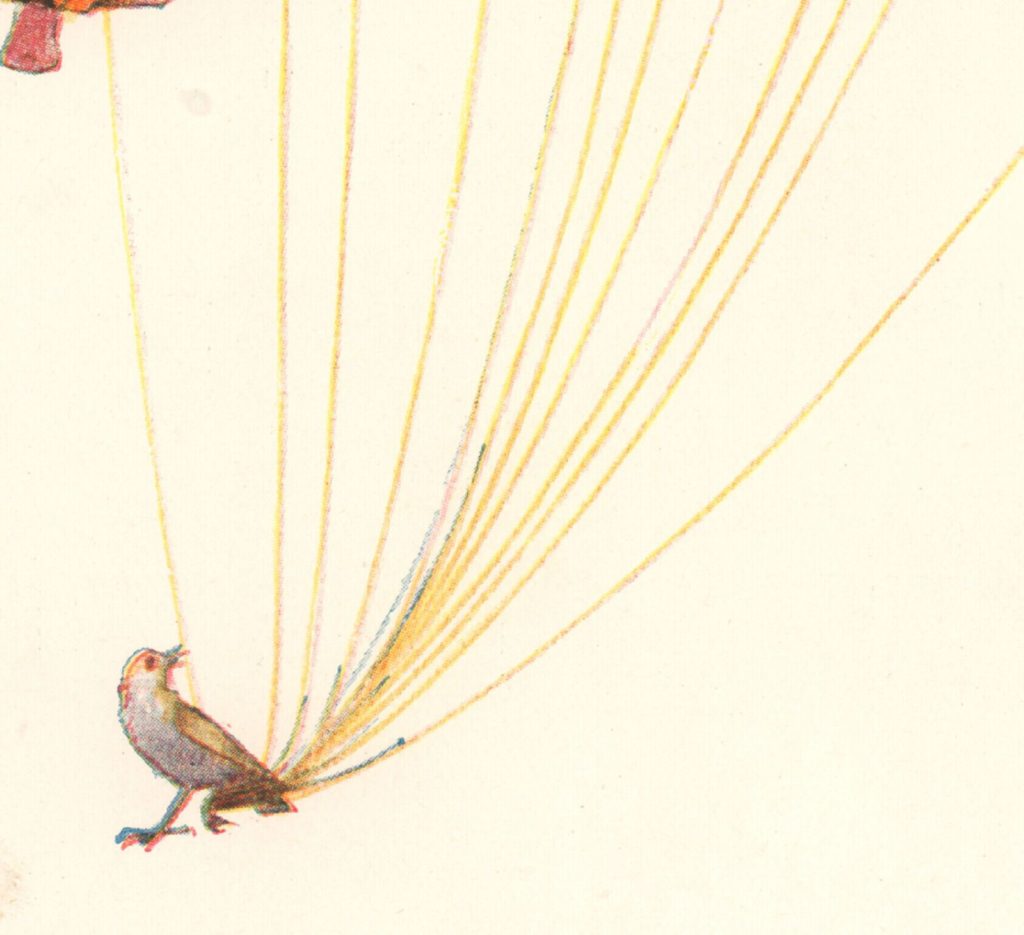Hans Christian Andersen’s beloved fairy tale, The Nightingale, was published in 1843, long before the internet ever existed. But as our modern world marches forward with every prescribed solution to the problems we face, perhaps there is something we can still learn from this old tale. If you haven’t read it, you can do so here.
In the story the Emperor learns that one of the most wonderful treasures in his Kingdom is the song of a little nightingale who lives in the “beautiful woods with lofty trees and deep lakes.” He wonders how the whole world could know of its song while he himself has never heard it and orders it brought to him immediately. The little nightingale is fetched and the Emperor quickly becomes enchanted by its song.
Sometime later the Emperor is presented with a gift, a mechanical nightingale, a new, exquisite, work of art…
…an artificial nightingale, exactly like the living one, but it was studded all over with diamonds, rubies and sapphires. … It was just as great a success as the real one, and then it was so much prettier to look at; it glittered…
The music-master praised the bird tremendously, and insisted that it was much better than the real nightingale, not only as regarded the outside with all the diamonds, but the inside too … you can open it and show the human ingenuity in arranging the waltzes, how they go, and how one note follows upon another!
‘Those are exactly my opinions,’ they all said
But the poor fishermen, those who had heard the real nightingale, who were familiar with its song said, “It sounds very nice, and it is very like the real one, but there is something wanting, we don’t know what.”
In time the mechanical bird wears out and the Emperor falls ill. He is dying. While his subjects rush off to prepare for the the new emperor, in his darkest moment, the little nightingale re-appears to console him and bring hope; to sing death away.
In the end what is real, what is true, brings him life.
As we set a generation of our children before a one dimensional screen for their online lessons, perhaps it would do us well to remember the little nightingale. What is real matters. The artificial, no matter how scientifically or technologically advanced, no matter how great the human ingenuity, can not replace what is real to spiritual “persons”.
“Education is the Science of Relations; that is, that a child has natural relations with a vast number of things and thoughts…”
~Charlotte Mason, Preface to the Series
The beauty and treasure of the little nightingale was not only in its song, but in the fact that it left its home willingly, suffered being caged and tied, not for gold, but all for the tears of a heart moved by its song. These were “the jewels which gladden the heart of a singer.”
Through the experience of this story, the reader and the Emperor alike find their hearts can’t help but respond to this truth – that there is something greater than any treasure in this world, that moves even the most hardened heart of man – they discover perfect love.
Greater love hath no man than this, that a man lay down his life for his friends.
~John 15:13
